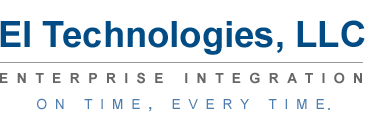Geographic Information System (GIS)
Education
GIS is the geographic display of both natural environmental and man-made features of an area, as well as data (attributes) associated with these features. Thus maps created by a GIS show locations ( such as the location of county facilities or all the homes in a subdivision) and information about these locations ( such as the type and quantity of specific services each facility provides or they property valuations of subdivision homes).
Information used in a GIS can come from a variety of sources, including in-house databases, purchased databases ( such as census data), data in word processing programs, and maps of virtually any theme.
In the public sector a GIS can greatly increase productivity and eliminate duplication – and thereby deplete fewer scarce resources. And it tremendously assists decision-making in a way that is not otherwise possible.
Generally, there are four primary uses for a GIS.
- Strictly as a presentation tool, a GIS shows the spatial patterns of information. For example, for a business occupying multiple floors or multiple buildings, a GIS can show who has what kind of computer in seconds by the touch of a button.
- It allows you to query databases, organize and show the data geographically, and manipulate / analyze the data. In the public sector, for example, once you know the valuations of property, you can have the GIS display all houses in a certain area valued at less than 80% or greater than 120% of all houses with specific characteristics.
- A GIS cannot only query a database, but because of its analysis capabilities, it can aid in your planning and decision making process like no other tool.
- It can be used by businesses and government agencies to determine the minimum path or best route to get from point A to point B.
Equally as important, this display and analysis of data offers users greater productivity and time savings, which in turn provides cost savings.
